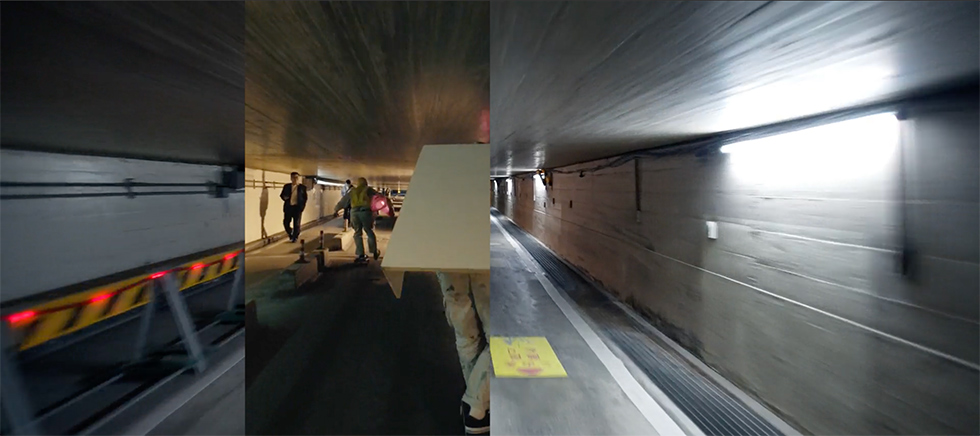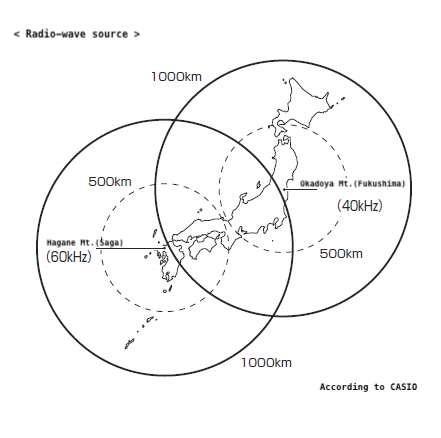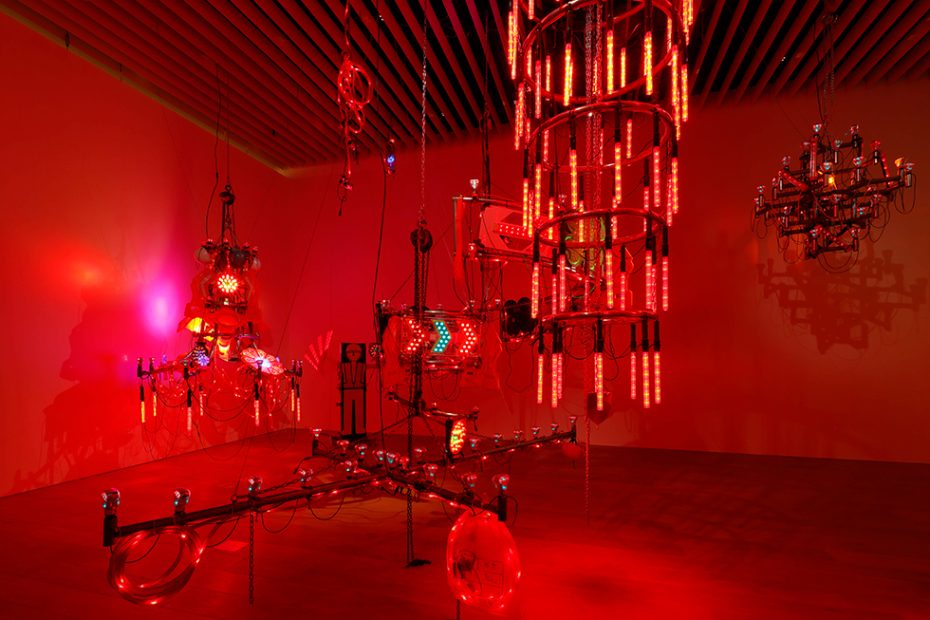Installation view: Roppongi Crossing 2022: Coming & Going, Mori Art Museum, Tokyo, 2022-2023 / Photo: Kioku Keizo / Photo courtesy: Mori Art Museum, Tokyo
The original “rode work” was created in 2017 at a skate park in Ishinomaki City, a region affected by the Great East Japan Earthquake. In 2018, a sequel titled “rode work ver.tokyo” was produced and exhibited at the Mori Art Museum’s “Roppongi Art Night.” The artwork displayed at the Mori Art Museum’s “Roppongi Crossing 2022: Coming & Going” is a remake of “rode work ver.tokyo.” The theme of this project is to reveal the hidden relationship between different places, highlighting the relationship between Tokyo and Ishinomaki. While the 2020 Tokyo Olympics advocated for the theme of the “Reconstruction Olympics” during its bid, in reality, the announcement of the Olympic Games led to a surge in construction materials and labor costs, posing challenges to the recovery efforts.
The work is composed of sculpture and video elements (for more details, please refer to the individual pages for “rode work ver. ishinomaki” and “rode work ver. tokyo”). The video work of “rode work ver.tokyo” documents skaters, including individuals involved in the construction industry, skateboarding through the changing landscape of redevelopment in 2018. Many of the views captured in 2018 no longer exist today. In the 2022 remake, footage from 2022 is mixed with the 2018 footage, creating an edited video where two different time periods coexist. This serves two purposes: to highlight that redevelopment, triggered by the Olympics, continues even after the event, and to emphasize that the process of recovery in the disaster-stricken area is still ongoing. Presenting this work as a “past work” itself implies that the depicted events belong to the past, and I intend to create remakes that reflect the current era for each exhibition.

Four monitors show skaters skating through the streets of Tokyo in a mixture of two time periods, 2018 and 2022.
The sculpture artwork consists of chandeliers created using lighting and fixtures actually used in nighttime construction sites. Five different-shaped chandeliers are suspended in the exhibition space, taking inspiration from urban elements such as highways and buildings. Most of the materials used in this artwork are products from a company called “Sendai Meiban.” What makes their products unique is that they incorporate a mechanism of a radio-controlled clock into the lights, which automatically synchronizes the flashing of the lights. Sendai, the birthplace of Sendai Meiban, is a major city representing the Tohoku region, which was significantly affected by the Great East Japan Earthquake. Through reconstruction projects, this company made great strides and grew into a nationwide corporation as it is today. The flashing of the chandelier lights is synchronized with the lights in the city or with the lights at construction sites related to the Tohoku reconstruction efforts. The synchronization is divided between East Japan and West Japan, with the radio towers for East Japan (from Tokyo to Tohoku) located on the mountaintop in Futaba Town, Fukushima Prefecture. Many of the lights used in this artwork are rented from Sendai Meiban and are returned to construction sites after the exhibition concludes.

Furthermore, I found significance in exhibiting this work at the Mori Art Museum. The Mori Art Museum’s parent company is the urban developer “Mori Building Co., Ltd.” Currently, Tokyo’s development is primarily led by six developers, and while Mori Building is the smallest company among them, it is considered the youngest and most innovative. Roppongi Hills, in particular, was a project that received significant attention from the second-generation president, Minoru Mori, and the art museum located in the high-rise building is a symbol of Mori Building. In Japan, developers and general contractors hold significant power in politics and culture, and the art scene is also influenced by their presence. Revealing a “construction site” within the sacred space of urban development, the Mori Art Museum, holds meaning in exhibiting this work.

